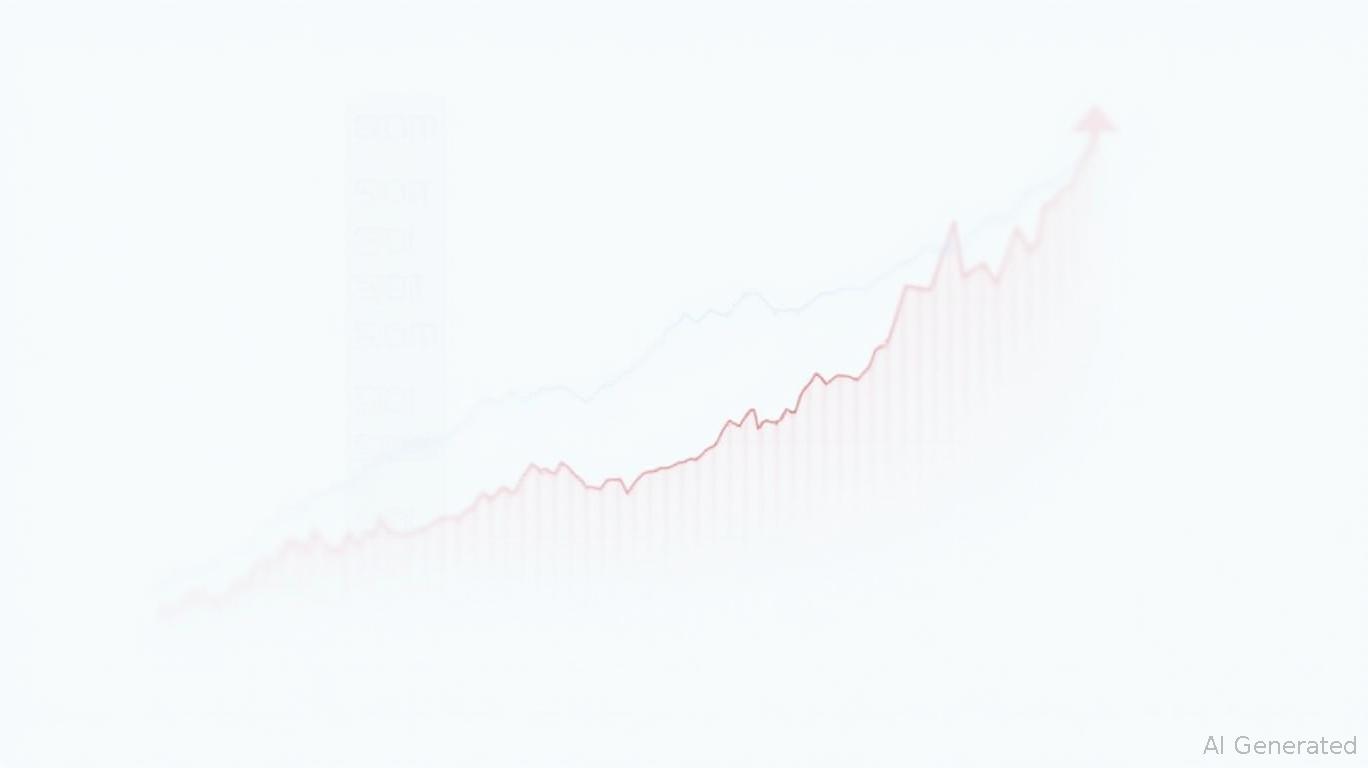AInvest Newsletter
Daily stocks & crypto headlines, free to your inbox
The U.S. Import Price Index (IPM) has emerged as a critical barometer for global trade dynamics in 2025, with its latest reading revealing a 0.1% rise in June 2025. While this may seem modest, the underlying sector-specific trends—driven by the Trump administration's aggressive tariff policies—highlight a complex interplay between inflationary pressures, supply chain adjustments, and asset allocation strategies. For investors, understanding these dynamics is essential to navigating a market where volatility and uncertainty are the new norms.
The IPM data underscores divergent trends across key sectors. Nonfuel import prices rose by 1.2% year-over-year, fueled by higher costs for industrial supplies, metals, and consumer goods. This contrasts sharply with a 15.7% decline in fuel import prices, driven by a 26.8% drop in natural gas costs. These shifts have profound implications for industries reliant on imported inputs.
Industrial Supplies and Energy:
The 0.7% increase in nonfuel industrial supplies and materials in June 2025 signals rising production costs for manufacturers. Sectors such as machinery, construction, and semiconductors face margin compression as tariffs on Chinese imports and global supply chain bottlenecks persist. Meanwhile, the energy sector benefits from cheaper natural gas but faces headwinds from higher prices for critical materials like aluminum and steel.
Consumer Goods:
Tariffs have pushed import prices for autos and electronics to multi-decade highs, eroding purchasing power for consumers. The OECD's projection of 4% U.S. inflation by year-end underscores the risk of stagflation—a scenario where stagnant demand collides with elevated prices. Retailers and e-commerce platforms are already shifting sourcing strategies, but these adjustments take time and capital.

Given these sector-specific risks, tactical asset allocation must prioritize flexibility and diversification. Here's how investors can position portfolios for 2025:
Sector Neutrality with a Focus on Resilience:
A neutral stance across all 11 U.S. sectors is prudent, but defensive sectors like utilities and healthcare remain attractive. These industries are less exposed to import-dependent inputs and benefit from stable demand. Conversely, discretionary consumer goods and industrials face elevated risks and should be underweighted.
Duration and Carry Strategies:
Fixed-income investors should favor short- to mid-duration bonds to hedge against rate volatility. Longer-duration assets, such as Treasury Inflation-Protected Securities (TIPS), can provide a carry advantage in a high-inflation environment.
Private Credit and Real Assets:
Private credit funds and real estate investments offer insulation from trade policy shocks. These asset classes provide stable cash flows and are less correlated with public equity markets, which are increasingly volatile due to tariff-related uncertainty.
The U.S. trade court's recent decision to block the Trump administration's use of IEEPA for certain tariffs has not caused market corrections, suggesting investors are desensitized to policy risks. However, the potential for legal battles and shifting trade agreements remains a wildcard. Investors should maintain liquidity and consider options strategies to hedge against sudden policy shifts.
The U.S. Import Price Index is more than a statistical indicator—it is a lens through which to view the interplay of global trade, inflation, and sector-specific vulnerabilities. As tariffs reshape supply chains and consumer behavior, tactical asset allocation must evolve to address these challenges. By diversifying geographically, balancing sector exposure, and leveraging duration strategies, investors can navigate the turbulence of 2025 with confidence.
In this environment, adaptability is the key to long-term success. The markets may be volatile, but opportunity lies in understanding the forces shaping the IPM—and acting decisively.
Daily stocks & crypto headlines, free to your inbox
Comments
No comments yet